I have been photographing with a Nikon camera since my very first digital camera purchase back in 2006. Having only positive experiences with Nikon DSLRs, when mirrorless systems were introduced, I quickly invested in the full-frame Z system and purchased a Nikon Z6. As I began to reach for the Z6 more frequently than my D850, I decided to trade in my DSLR completely for the Z7II. The Nikon Z cameras were an easy transition from my beloved D850 with similar menus, incredible focus and image quality, more compact overall size, and improved long exposure capabilities. In fact, I enjoyed the features of mirrorless cameras so much, I also purchased a compact Sony camera and some smaller E-mount lenses for more casual use.
However, one important consideration in the switch to the Z system was that since some of my favorite lenses were built for other systems, they didn’t mount directly to my Nikon Z cameras.
But I soon discovered that by using adapters, I can use both my old favorite SIGMA lenses, as well as their newer designs, on my full-frame Nikon Z cameras.
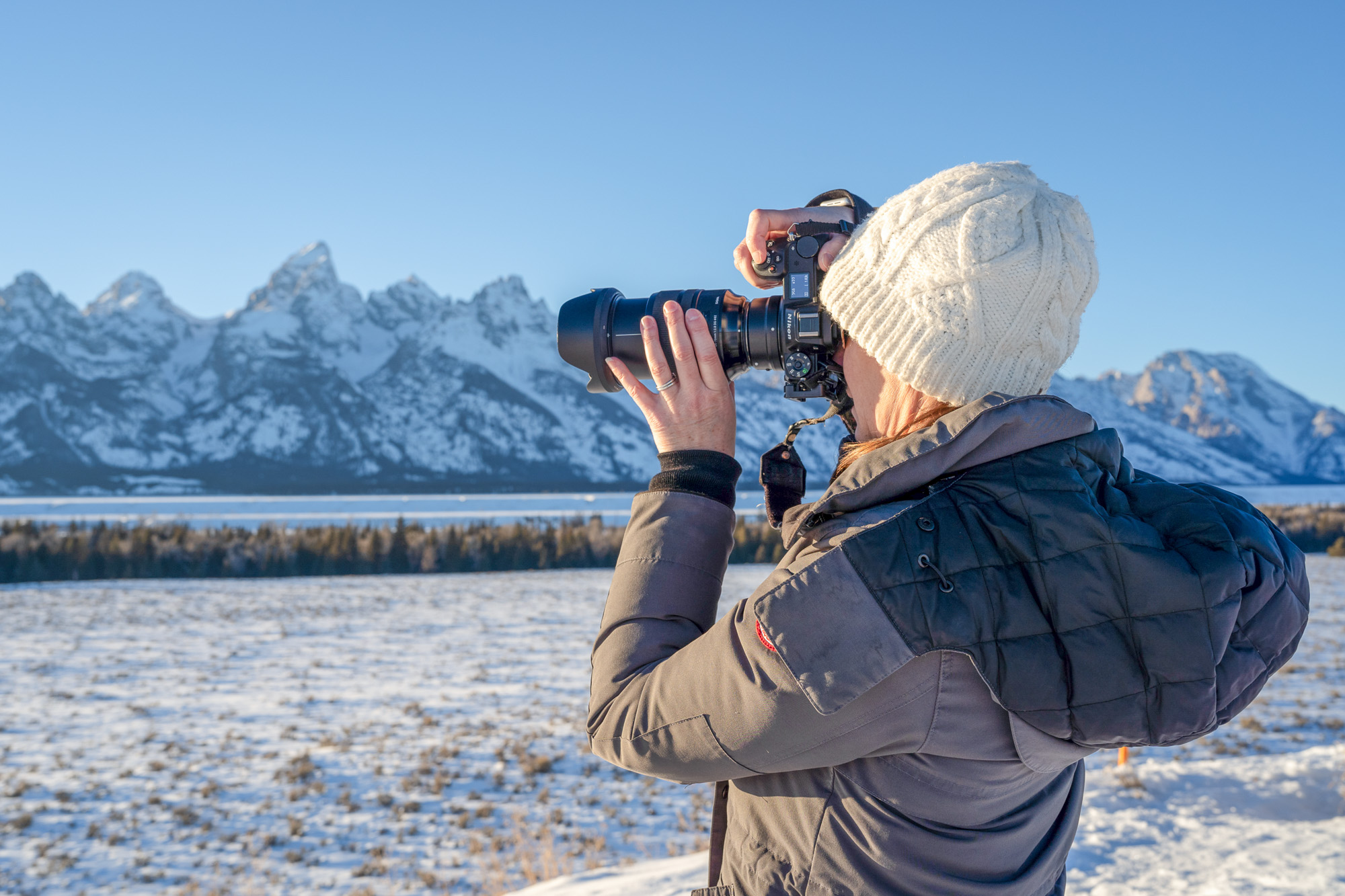
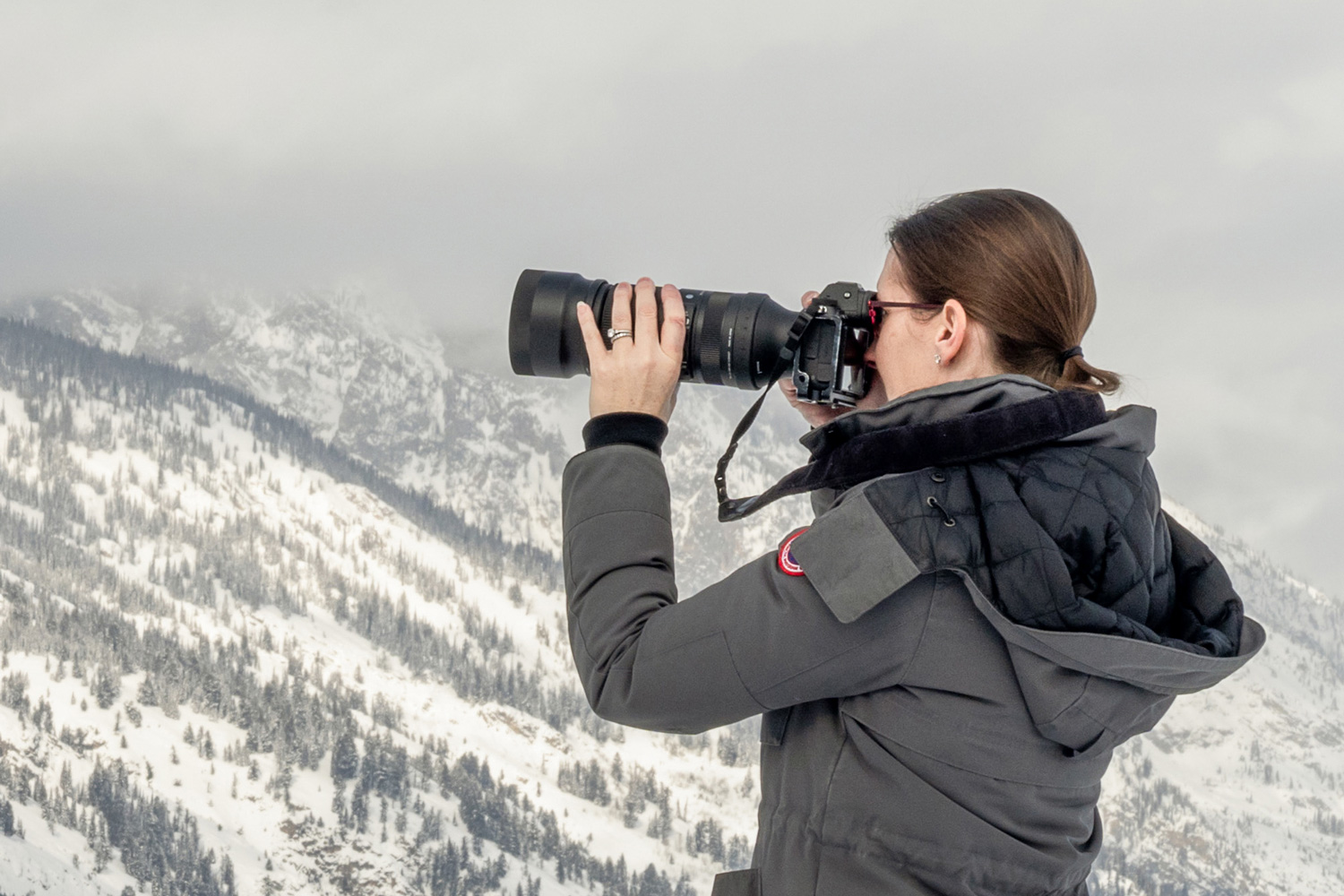
My lenses of choice for Grand Teton
Preparing for a winter trip out to Grand Teton National Park, I wanted to carry just two lenses with my Nikon Z6 and Z7II to cover a broad focal range, while traveling relatively light. Grand Teton offers a wide variety of photographic opportunities from majestic landscapes to intimate scenes and wildlife, and I wanted to be able to respond to any and all opportunities in front of me. The lenses I brought with me were the SIGMA 24-70mm F2.8 DG OS HSM | Art (Nikon F-mount) lens for the wider landscapes, and the SIGMA 100-400mm F5-6.3 DG DN OS | Contemporary (Sony E-mount) for intimate scenes and wildlife.

Since one of these is for Nikon DSLRs and the other is for Sony mirrorless, I needed adapters to pair these lenses with my Nikon Z6 and Nikon Z7II. For the Z6, I paired the SIGMA 24-70mm with Nikon’s original FTZ adapter.
In fact, all F mount SIGMA Art, Sport and Contemporary lenses are officially compatible with the FTZ and FTZ II adapters. I have used several other SIGMA lenses with these adapters with great success in the past few years.

For the Z7II, I paired the SIGMA 100-400mm with the Megadap ETZ21 Pro, which converts lenses from Sony E-mount to Nikon Z. While SIGMA does not guarantee compatibility with this adapter or similar non-OEM products, I discovered it worked very well and I used this lens for the majority of my work during this trip to the Tetons. The adapter maintains autofocus and other electronic communication, including optical stabilization and metadata. Another appealing quality of the Megadap adapter is that it is very light and thin, adding very little weight or length to the camera and lens combination.
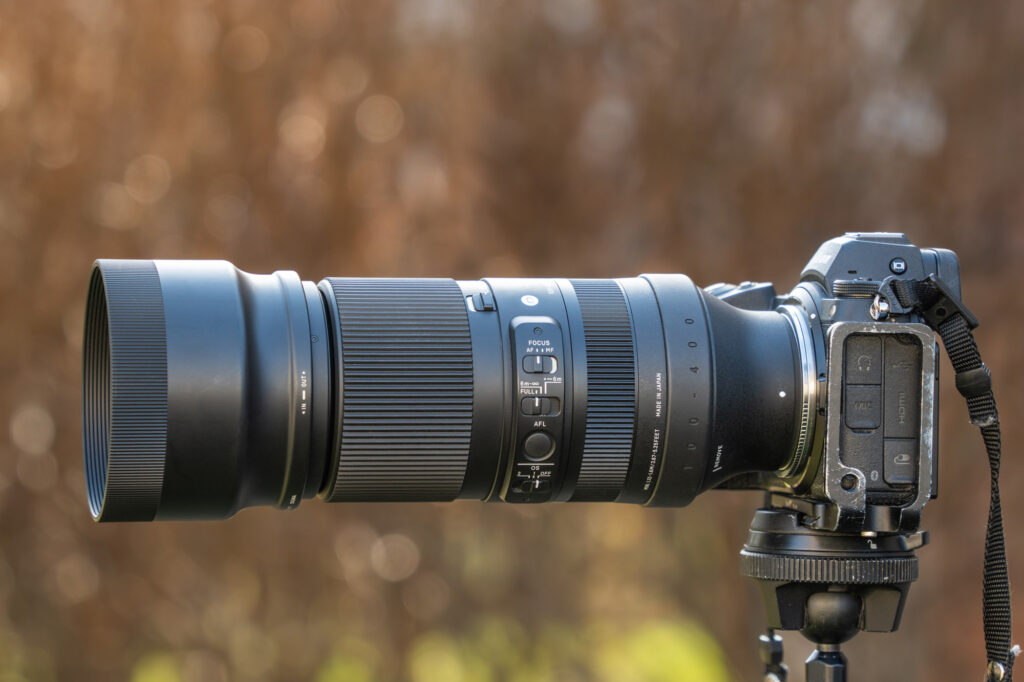
Results: Nikon Z6 + SIGMA 24-70mm F2.8 DG OS HSM | Art
In a place with incredible scenery all around me, the SIGMA 24-70mm F2.8 DG OS HSM | Art with the Nikon Z6 and FTZ adapter was what I reached for when the scenery called for a wider focal length to capture the beauty. As expected, the lens and FTZ adapter worked flawlessly together, and this lens performed just as if it were on my old D850.
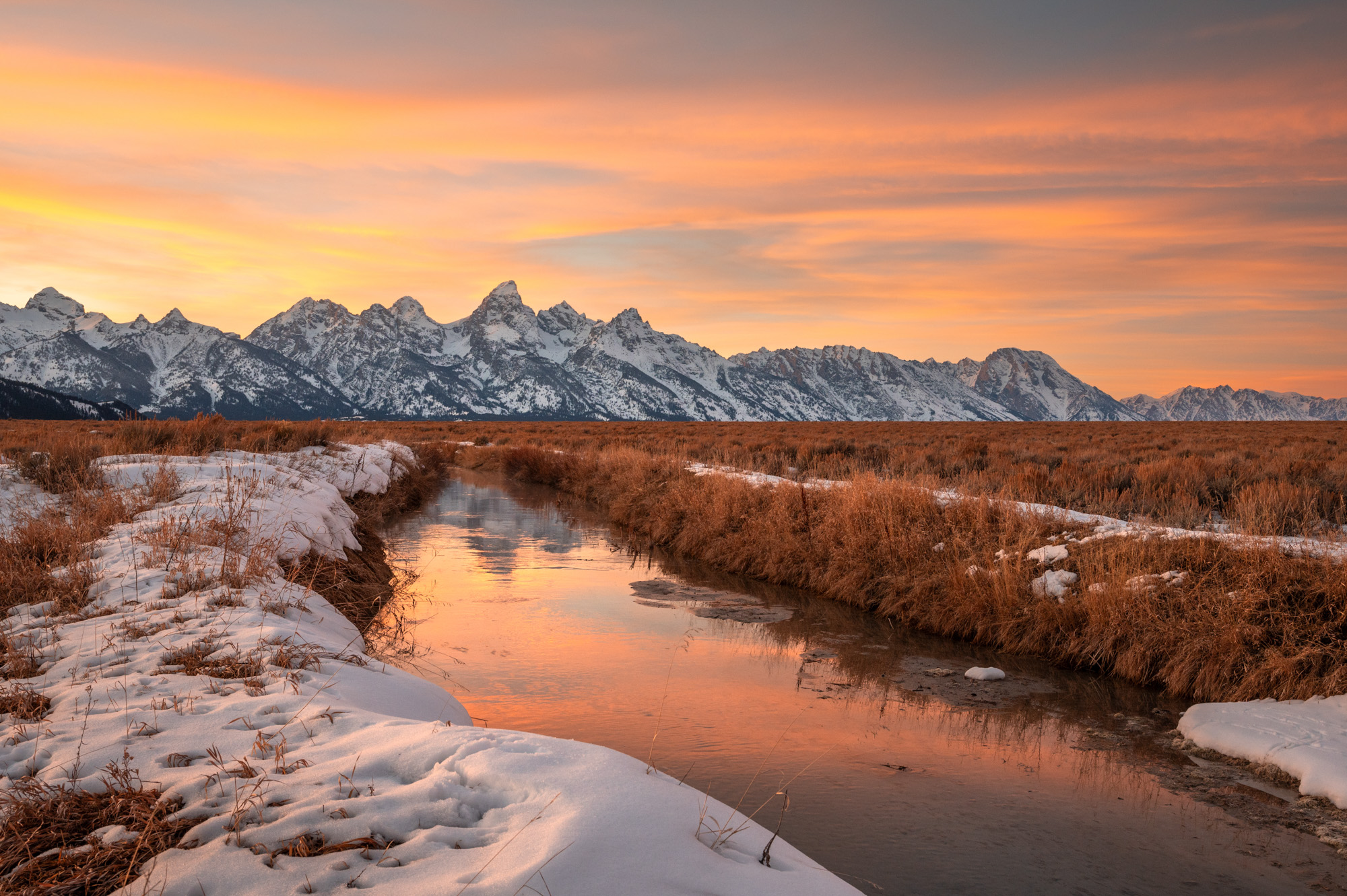
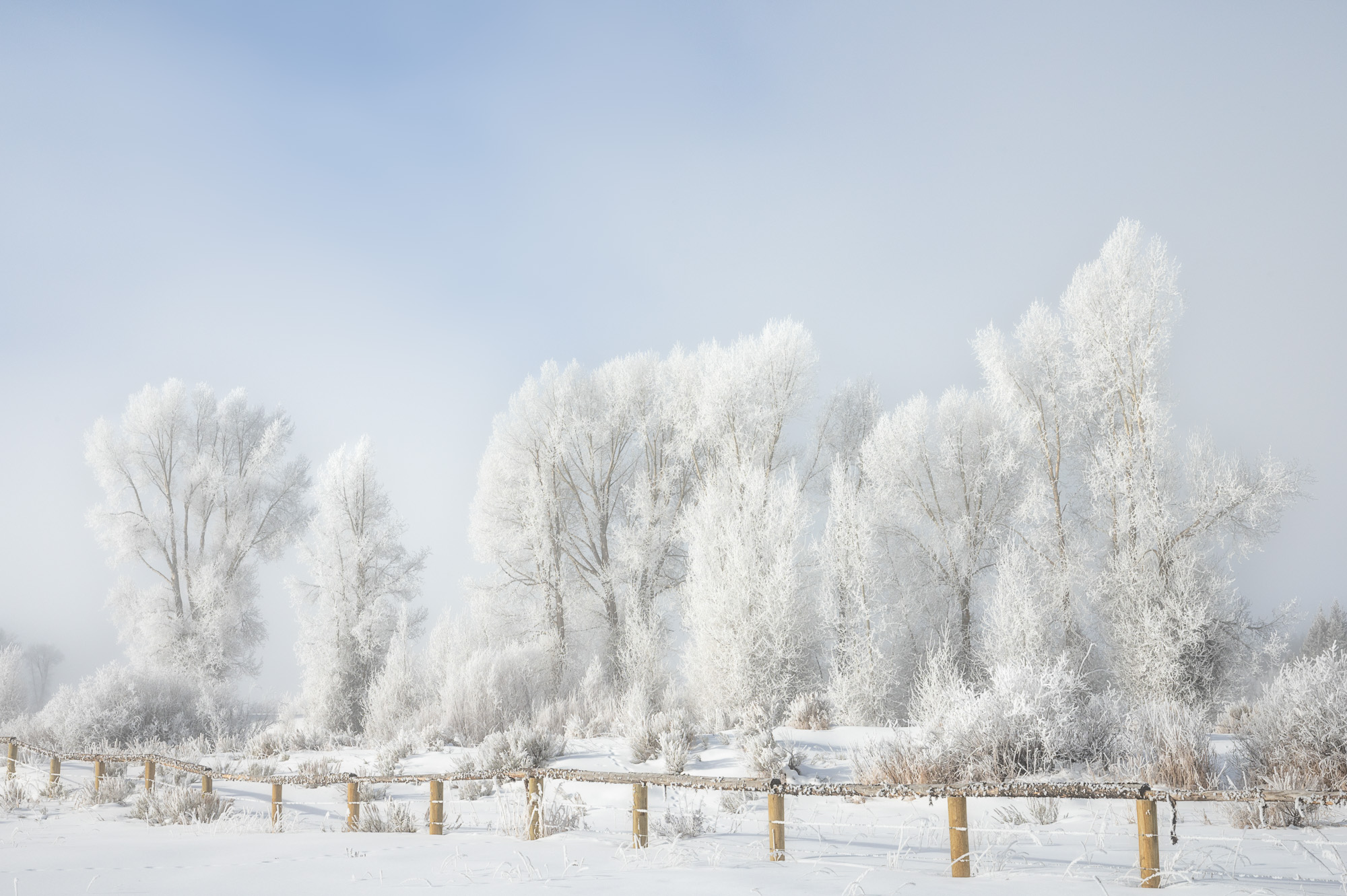
Regarding the lens itself, the SIGMA 24-70mm F2.8 DG OS HSM | Art is easy to work with either on a tripod or handheld, thanks to built-in optical stabilization. Construction is sturdy and easily able to withstand the elements of a cold and snowy Wyoming winter. Autofocus is quiet and fast, and the images are extremely sharp. This lens does not disappoint in photographing both wide and more intimate landscapes.
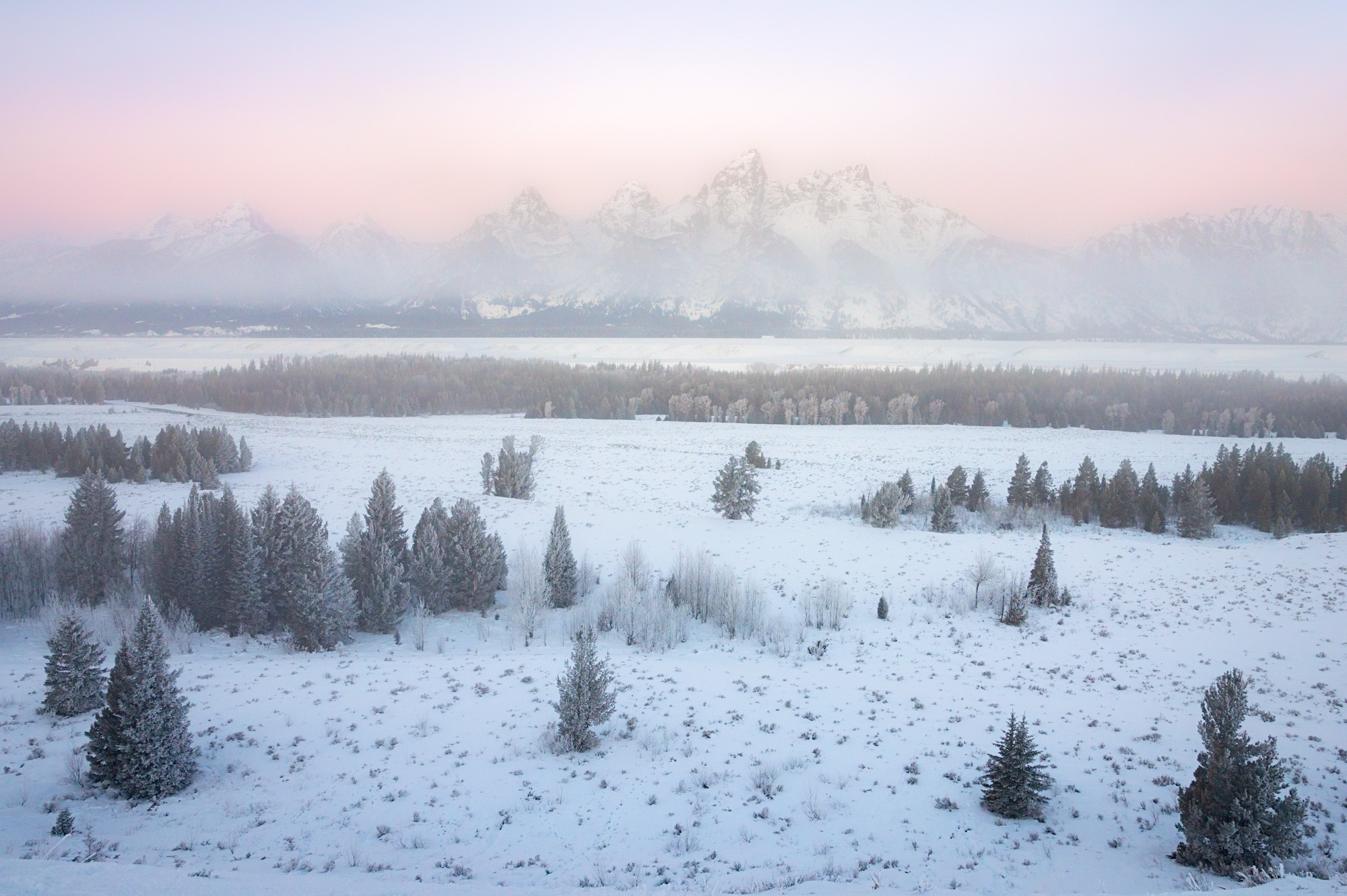
Results: Nikon Z7II + SIGMA 100-400mm DG DN OS | Contemporary
Grand Teton National Park also offers endless opportunities to photographic more intimate scenes like close-ups of mountain peaks, trees and wildlife. The SIGMA 100-400mm F5-6.3 DG DN OS | Contemporary lens is perfect focal length range to capture a variety of creative stories. At the wider range of 100-200mm, I was able to create images that emphasize the true majestic nature of the Tetons in the landscape as well as environmental wildlife images.


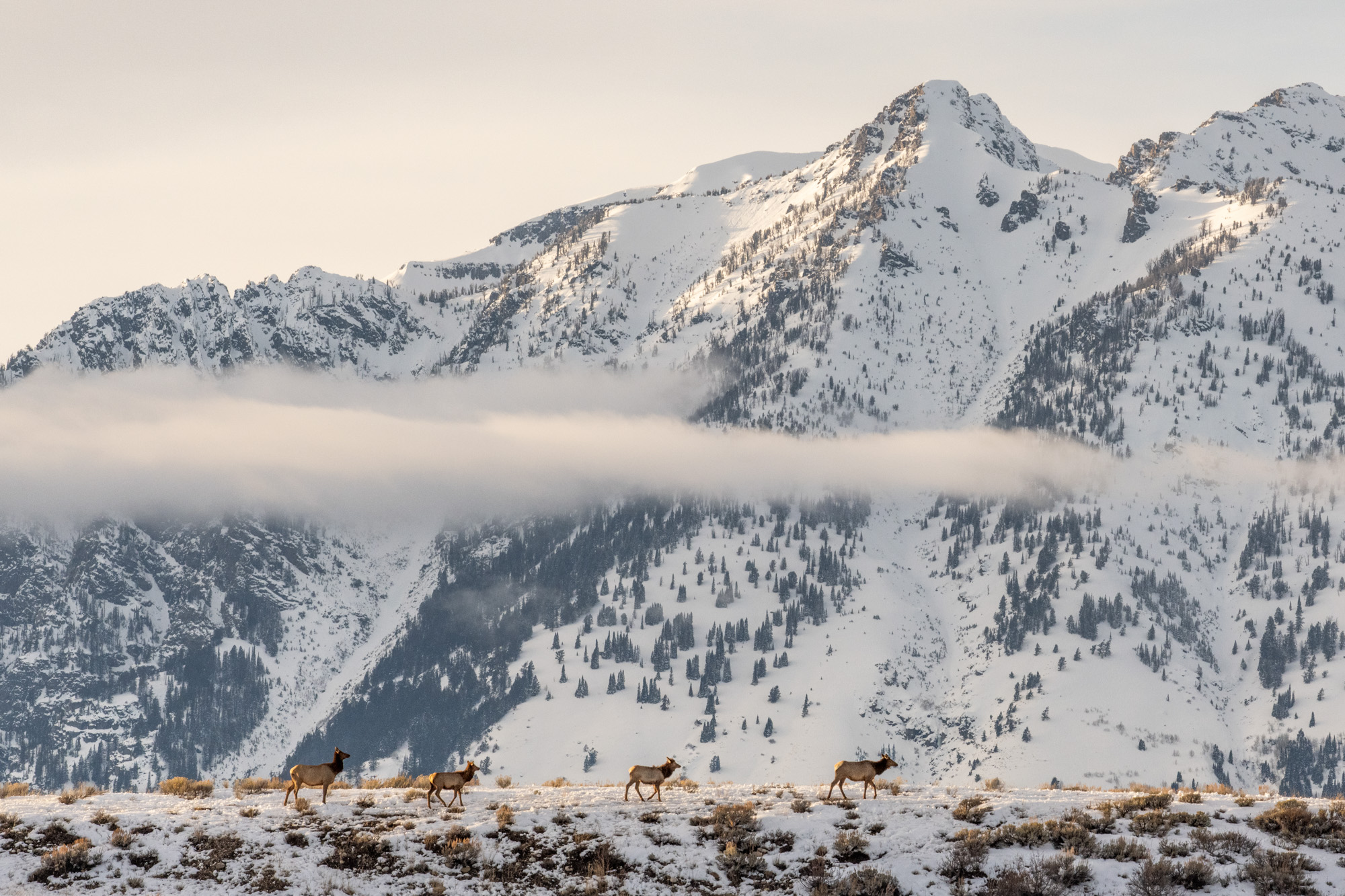
At the longer focal length range of 300-400mm I could really hone in on smaller sections of the landscape, trees or wildlife. The smooth zoom allowed me to easily move within the focal length range as different stories revealed themselves.
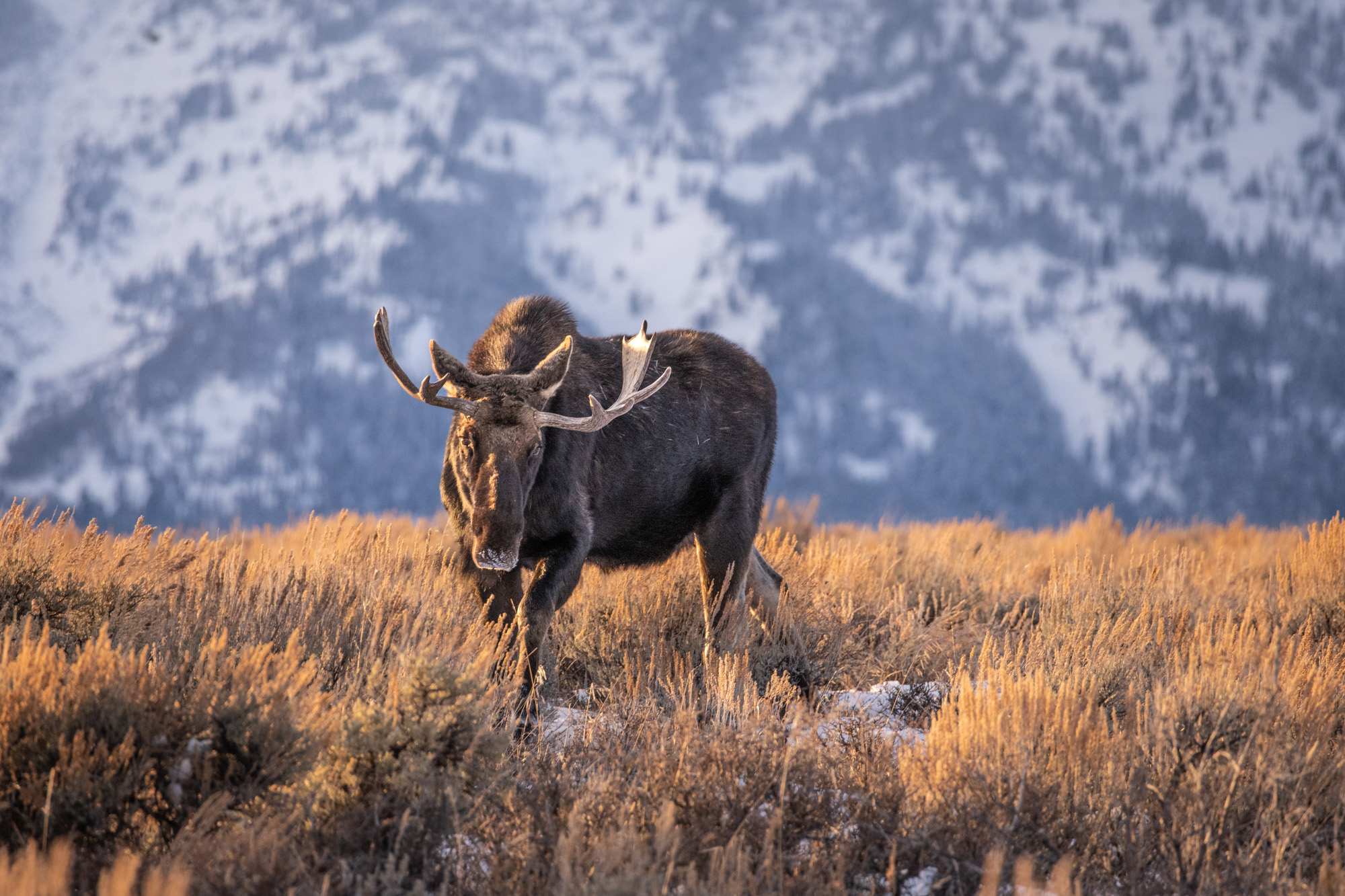

As a photographer who often prefers to shoot handheld with a telephoto lens, the compact size of this lens, at just 2.5 pounds (1,140g), combined with the OS image stabilization feature makes this a ideal option for handheld photography. I was also pleased with the autofocus performance of the lens with the Megadap adapter on my Z7II. While I feel that my other lenses focused quicker with the Nikon FTZ adapter, a significant part of my week in the Tetons was spent photographing in low-contrast situations like fog and snow, where finding points of contrast for autofocus is more difficult. Despite that challenge, I had great success with this lens. Even at the wider apertures, this lens produces beautifully sharp images.
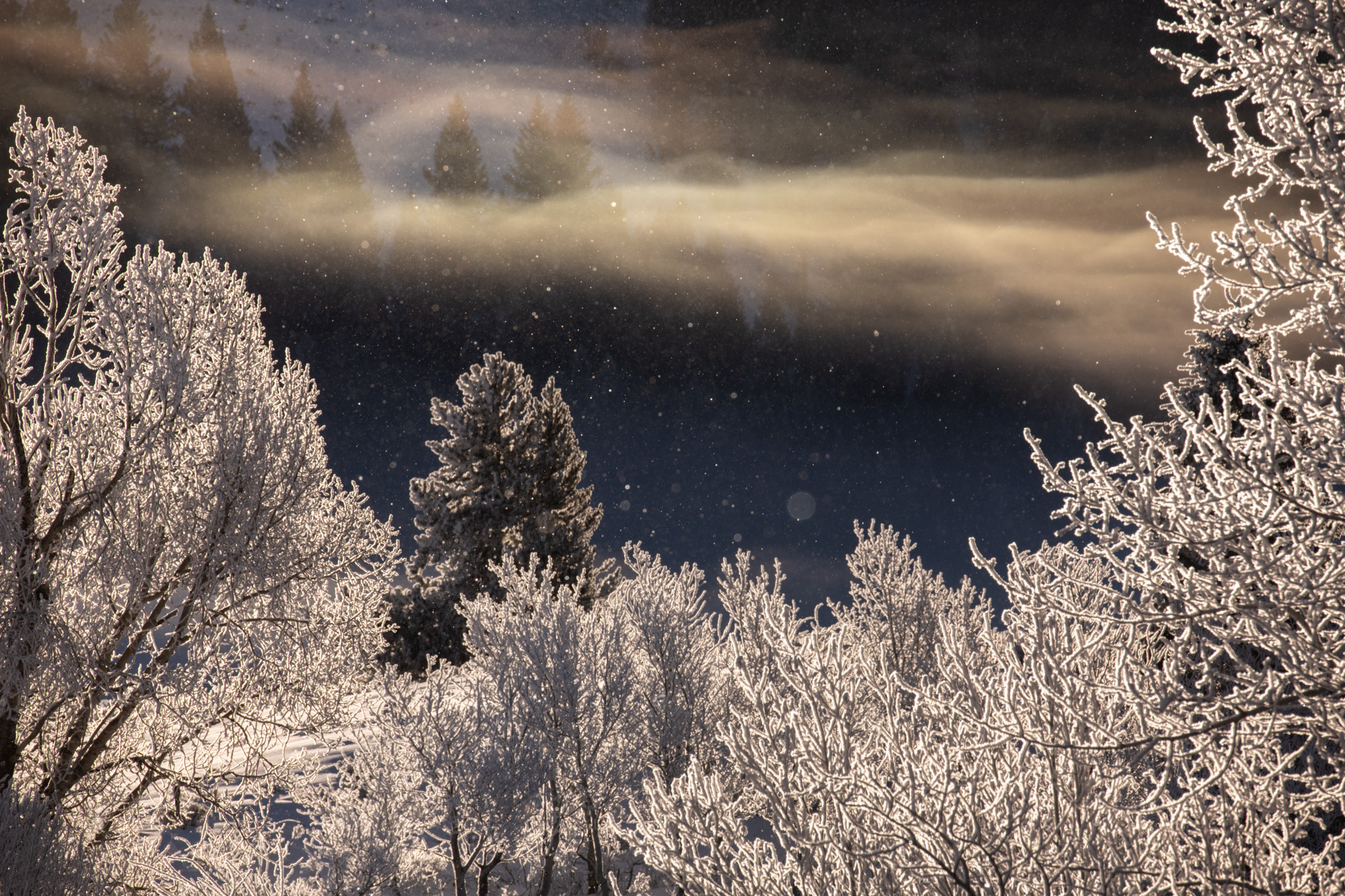
Should you try adapters on your Nikon Z?
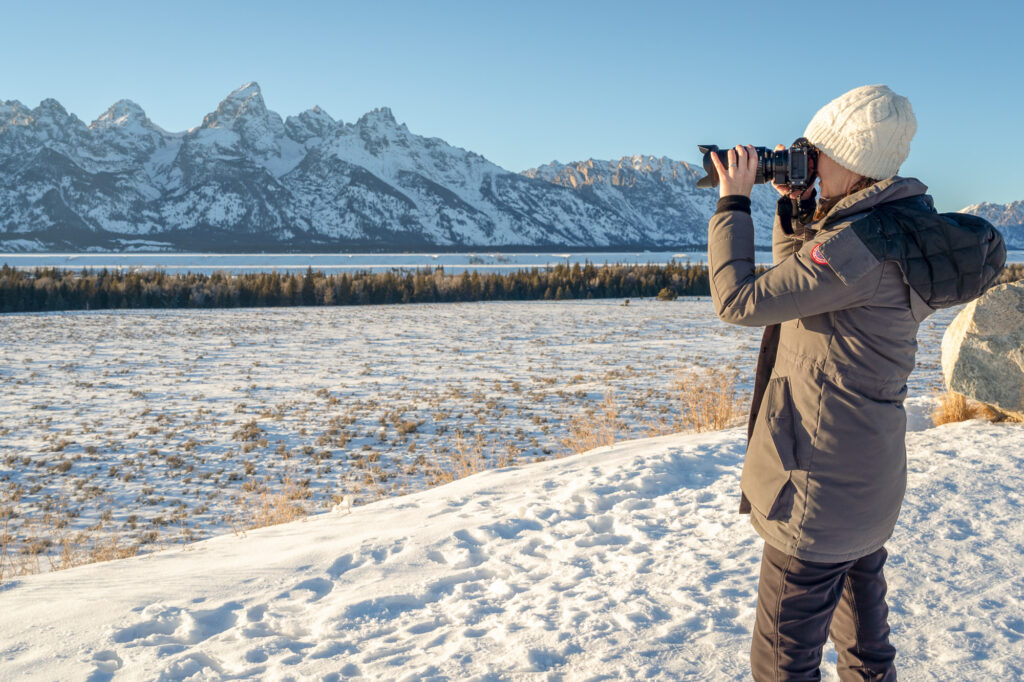
If you’re hesitant to use an adapter in your photography, rest assured that these can be a great option. While I did not have any Z-mount lenses with me on this trip, I was still able to use two excellent SIGMA lenses to capture high-quality images. These two lenses allowed me to travel with minimal gear while responding to a variety of photographic opportunities from grand landscapes to intimate scenes and wildlife.
Having two camera bodies, each with a lens + adapter combination, was ideal for me on this trip. But it would be simple enough to use one camera body and simply swap one adapter/lens combo for the other as different types of scenes arise.
The Nikon FTZ and Megadap adapters are very good and affordable options to use both SIGMA F-mount lenses, as well as the newer technology developed for Sony E-mount, to keep creating high-quality images with your favorite SIGMA glass.

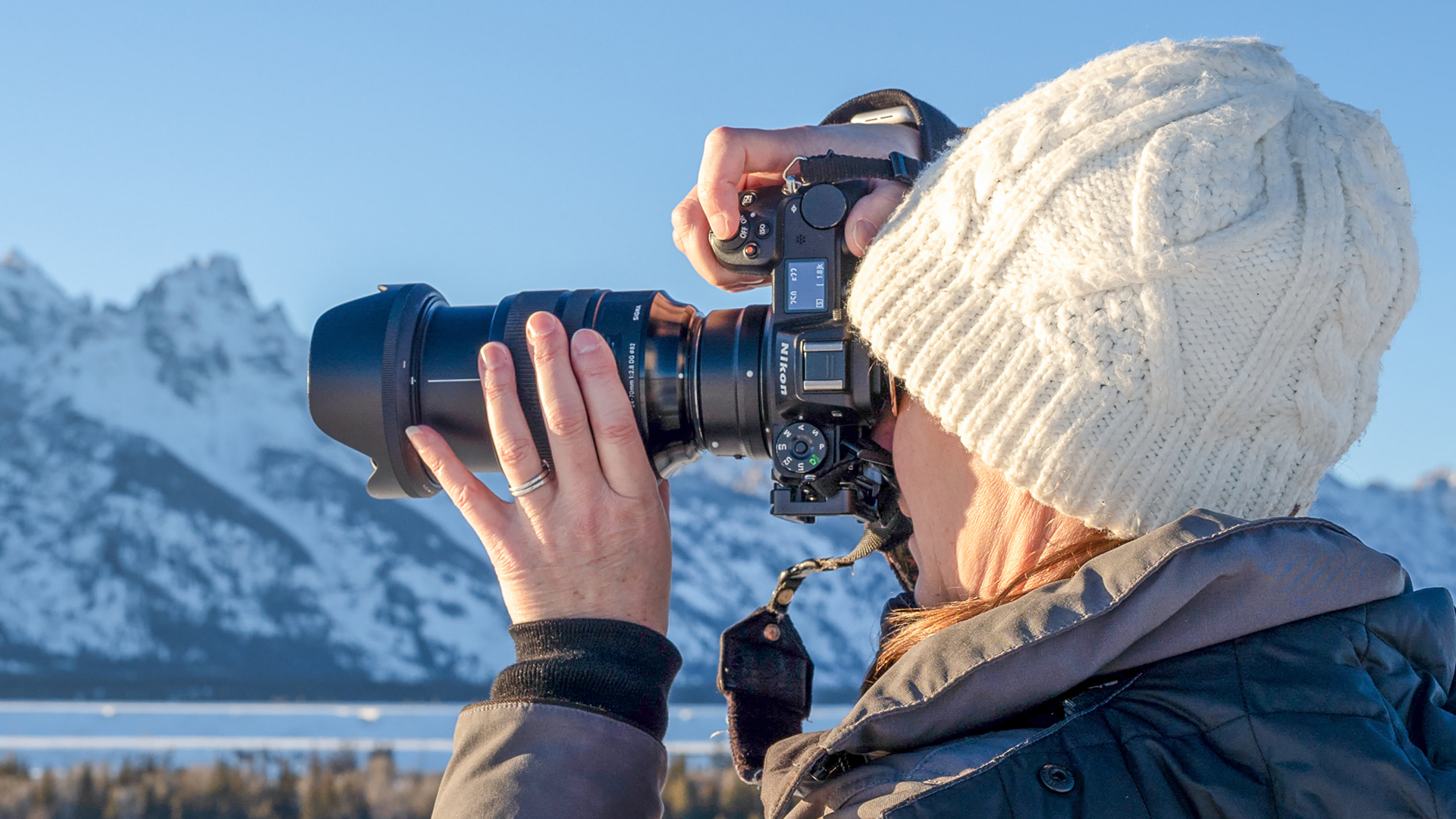
As a user of Nikon F mount dslrs and now the Nikon Z9 I too have been adapting many many different mounts to the Z system via the FTZii .
I have so many Sigma lenses mostly the art and they have been working great. I am especially enjoying the Sigma 135mm f/1.8 Art . The image quality of the Sigma glass and the great Nikon sensors gives my work a special look that I love .
Hi: Your photos show two relatively heavy Sigma lenses mounted to Nikon bodies with the bodies themselves mounted directly on a tripod. This creates a significant weight strain on the mount of the camera, which could cause the mount to bend out of alignment. The point at which the whole setup is mounted on a tripod needs to be moved forward away from the camera body. One of the photos shows the older version of the Nikon FTZ adapter, which helpfully has its own tripod mount built in, so as to help address this issue, but it is not used in the photo.
The best approach, to avoid ruining your camera body by causing misalignment of the lens mount, is to find a third party lens mount that will enable you to mount the whole setup on a tripod at the midpoint of its weight distribution.
Hope this helps.
The statement that “all Sigma…lenses” are officially compatible with the Nikon FTZ …adapter may be true for noted L mount lenses, but not true for previous Sigma mounted Art, etc, lenses. The Art lenses that were purchased for my Merrill SD1 do not seem to fit the FTZ. “All” is a word that should be used sparingly.